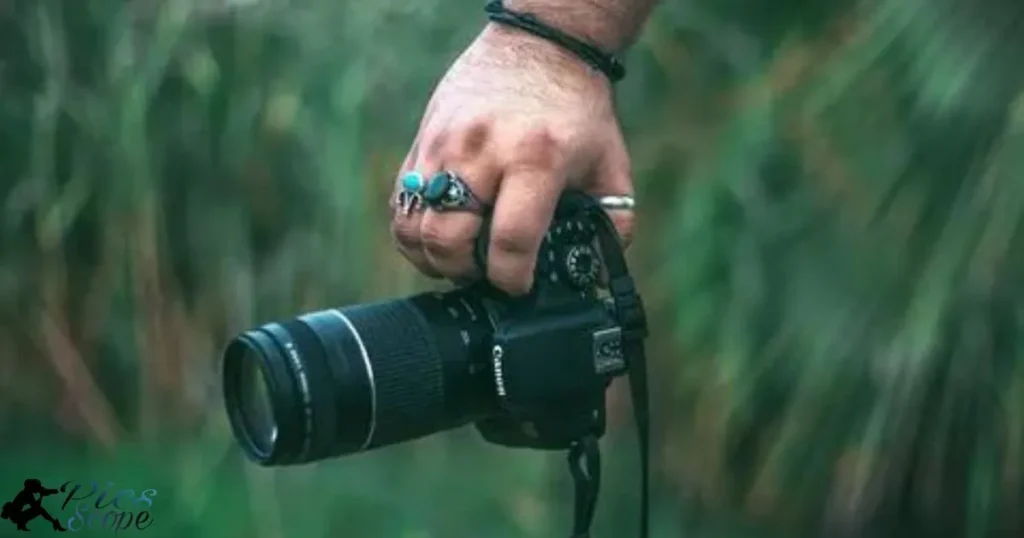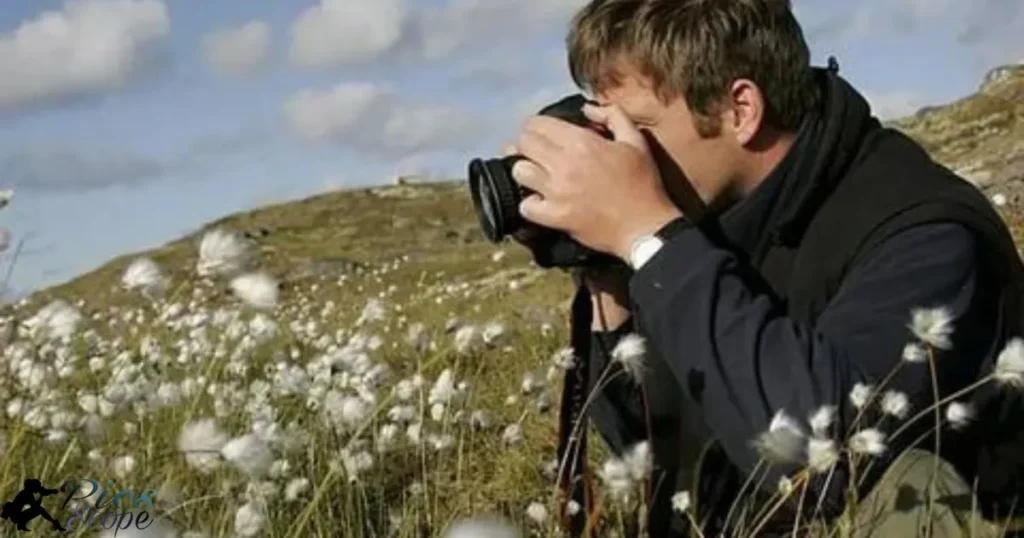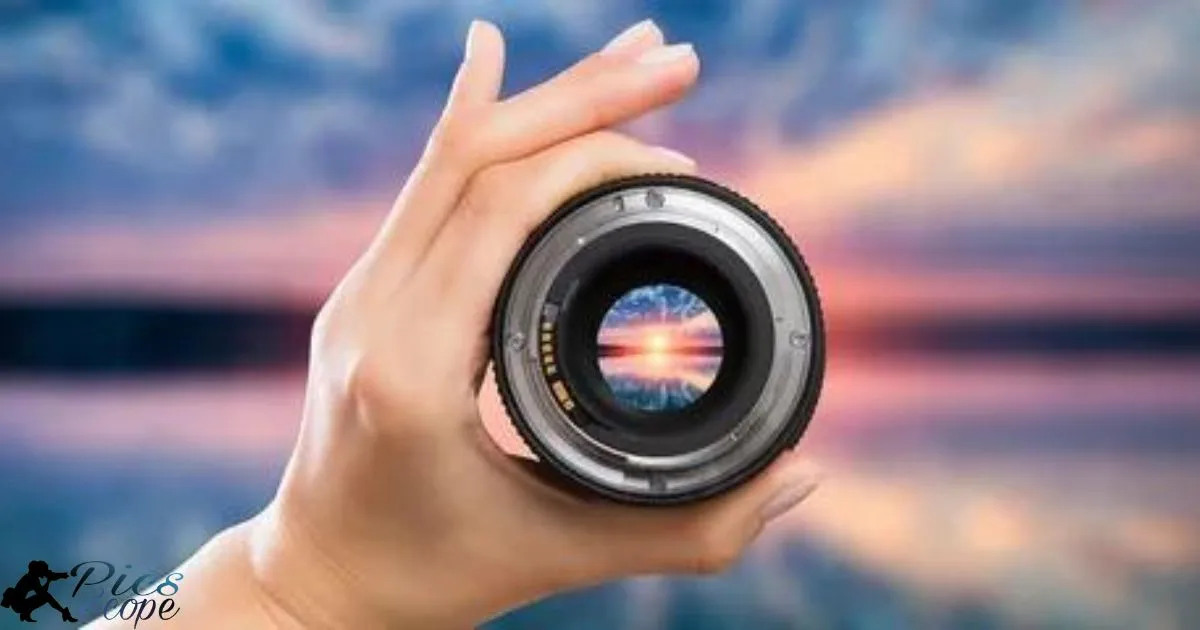Getting into photography means starting your journey as a photographer. It is about learning the basics of how cameras work and how to take good pictures. It allows you to discover your love for capturing meaningful moments and expressing your creative vision through images.
How To Get Into Photography? This is the question many people ask themselves when they want to start their photography journey. Taking the first steps into this exciting field can seem daunting, but it is actually easier than you think to get started with your new passion.
Getting into photography does not require expensive equipment initially. All you need is a basic digital camera and the desire to learn. Taking pictures of everyday subjects around you is a fun way to learn about composition, lighting, and how cameras function. Over time, you can build your skills and expand your gear as your hobby grows. Before long, you will wonder why you did not start photographing sooner!
Getting Started With Photography
Photography is a fun hobby to pick up. All you need is a camera and the willingness to experiment. It is easy to take basic photos to share with family and friends as you learn.
Getting the right gear and knowing basic functions are important at the beginning. Read guides or take a basic class to understand exposure, composition and other core photography skills. Start simple and your skills will improve over time with practice.
What Equipment Do I Need For Photography?
All you really need is a digital camera to get started with photography. Even basic point-and-shoot cameras can take decent photos. As you advance, consider investing in a single lens mirrorless or DSLR camera for better quality images and control.
You will also need memory cards to store your photos. It is handy to have a camera bag or case to keep your gear protected when you are on the go taking photos.
Which Camera Should I Buy?
A entry-level DSLR or mirrorless camera is a good choice for beginners wanting to learn. Look for options from popular brands like Canon, Nikon and Sony. These provide good image quality along with manual controls to learn.
Check reviews online to find a camera in your budget that focuses quickly and has easy to use automatic modes as well as manual controls. Consider options starting around $500-$600 for good value.
What Lenses Are Essential?
The kit lens that comes bundled with your camera body is very versatile and a must-have starting out. It is ideal for landscape photos as well as portrait shots.
A 50mm prime lens, often under $150, provides sharper images than a kit zoom and is great for learning composition. It can take lovely pictures of scenery, flowers and people.
Other Photography Gear Beyond Cameras
Extra battery packs are handy to have on long photo outings so you never miss a shot due to a drained battery. A camera bag or backpack lets you easily carry all your gear.
Accessories like spare memory cards, lens cleaning tools and even a basic tripod can help you get better photos and take your hobby further. Check reviews to find reliable and budget-friendly additional gear.
How To Learn Camera Functions
Your camera’s manual is full of useful information on all its settings and modes. Reading it cover to cover will help you understand what your camera can do.
Taking some basic photography classes, either in-person or online, is very helpful when starting out. Many libraries and community colleges offer intro classes.
Learning Photography Fundamentals

Learning about concepts like the exposure triangle of aperture, shutter speed and ISO is important for understanding how your camera works. It may seem technical but will help you control images.
Composition is another important fundamental – learn the rule of thirds and look for interesting lines, shapes and patterns when framing photos. Be aware of negative space too.
How Do I Learn Photography Composition?
An easy way is to analyze photos you like and take note of how the subject is placed, if certain compositional techniques are used and so on.
Taking many photos from the same spot with different framing can also help you get composition ideas. Review your shots on a large screen and compare their effectiveness.
What Is The Rule Of Thirds In Photography?
The rule of thirds is a basic guideline for composing photos in a visually appealing way. You imagine a 3×3 grid overlaying the viewfinder or scene.
Important elements like the horizon, Get Into Concert Photography subjects or areas of focus work best along these lines or their intersections rather than dead center of the frame for a more dynamic look.
How Do I Use Leading Lines In A Photo?
Leading lines draw the viewers eye into and through an image. Straight lines, curving paths, fences and more can act as leading lines. You can frame photos to include leading lines that guide attention to the main subject or area of interest within the frame.
What Is Foreground, Middle Ground And Background In A Photo?
The foreground is the nearest part of the scene, the area between the lens and subject. The middle ground lies behind the foreground. The background is the furthest, rearmost plane of the scene.
Including all three gives photos depth and interest. You can utilize different tones, textures and colors between these grounds to draw the eye through an image.
How Do I Create Interest With Depth Of Field?
A shallow depth of field blurs the foreground and background to keep the main subject sharp. A large depth of field keeps more of the scene in focus.
You can control depth of field with aperture. Use a wide aperture like f/2.8 to blur backgrounds or a narrow f/11 for increased sharpness throughout. It’s a fun creative control.
In summary, learning photography takes time but starting with the right equipment and fundamentals leads to better understanding and photos as you progress. Experimentation, reading and practice are keys to improving your skills behind the camera over time.
Mastering Photography Techniques
Keep practicing different techniques to improve. Explore new subjects and styles too. Watch tutorials for new ideas.
Review your photos often. Analyze what works best and get feedback from others. Strive to recognize techniques that make photos compelling.
How Can I Improve My Photography Skills In Low Light?
Learn to control ISO, aperture and shutter speeds for clearer low light photos with minimal noise and blur. Use a tripod, flash or increase light in scenes.
Experiment with image stabilization options and learn how to focus manually too for sharper results.
What Are The Fundamentals Of Night Photography?
Use a tripod and cable release for sharp handheld shots. Bump ISO to 400-800 minimum. Shoot RAW for better editing.
Consider long exposures over 1-30 seconds and lighting techniques for illuminated trails, ambient lights and more. Proper equipment keeps you shooting all evening.
What Is Long Exposure Photography?
Long exposure blurs motion to artistic effect. Shutter stays open for seconds/minutes. Moving lights leave trails as the sky illuminates during a 30-second exposure of city streets. Waterfalls appear smooth.
Experiment with different lengths and neutral density filters for daylight long exposures. Use bulb, timed or interval modes.
How Do I Use Flash Photography Indoor?
A small external flash better lights large groups/rooms than on-camera. Adjust power and bounce/swivel for softer light.
Consider sync speed limits if wanting faster shutter speeds. Multiple flashes or continuous lighting sets moods and reduces shadows. Practice off-camera flash ratios and placement.
What Are Some Photography Techniques Without A Tripod?
Increase ISO for low light handholding. Brace against steady surfaces where possible.
Try pan techniques by following motion sharply during exposure. Shoot bursts to capture moment between shakes then edit best shot.
Lean against pole/structure for stability. Get low to steady your form on ground or kneel shots steadied on leg.
Growing Your Photography Passion
Branching out teaches new skills while pursuing your interests. Specialize eventually or try various genres from portrait, landscape to wildlife, sports.
Take advanced classes, read extensively, practice diligently. As your work improves, seek out networks and mentors. Consider local art shows to gain exposure.
Where Can I Find Photography Inspiration?
Browse books on masters to study techniques and styles. Follow pros online and save inspiring photos for constant motivation.
Visit museums and galleries to experience diverse work. Travel expands real-world inspiration from nature to cities. Look everywhere with a photographer’s eye.
What Photography Communities Can I Join?
Local camera clubs provide support, opportunities and critiques to develop. Special interest forum join fellow hobbyists through shared loves like street, birding or astro photography.
Instagram connects you to others globally. Flickr attracts photographers displaying impressive, diverse collections.
What Photography Hashtags Should I Use On Instagram?
Hashtags help your photos reach new audiences on Instagram. Here are some popular photography hashtags to try:
| Hashtag | Description |
| #photooftheday | One of the broadest hashtags. Tags photos people enjoy daily. Gets lots of exposure. |
| #photography | Very popular hashtag for any kind of photography. Broad reach. |
| #instagood | General hashtag for nice photos. Huge following sees your photos. |
| #landscape | For landscape and outdoor scenic photos. Engages landscape lovers. |
| #naturephotography | Connects you with those enjoying nature shots. Many followers. |
| #travelphotography | Great for travel photos. Big community of travelers see your places. |
| #portrait | For portrait and people photos. Large portrait fans group. |
| #city | Tags cityscape and urban photos. Big urban community. |
| #architecture | Architecture admirers will see buildings and structures. |
| #sunset | Captures the sunset crowd. Colorful skies get praise. |
| #sky | Skies, clouds and celestial themed photos. Large audience. |
Use several hashtags per photo for better discovery. Try both broad and niche tags to reach varying Instagram groups interested in different photography styles.
How Do I Find Local Photography Groups?
Search sites like Meetup.com for camera clubs and excursions to events, shoots and educationals. Check community centers and Facebook too.
Libraries and colleges may host periodic workshops and field trips. Ask pro photographers in your area for leads or visit camera stores with community boards. Go introduce yourself!
Which Photography Blogs Are Popular?
Fellow photographers share tips, critique work, and review gear on pro blogs and personal sites. Popular ones include The Online Photographer and Fstoppers.
Photographers like Joe McNally post inspiring behind-the-scenes tales. General sites as PetaPixel, DIYphotography cover news while communities like Flickr have lively groups.
Photography Be A Career Or Business
5 easy short paragraphs on pursuing photography as a career or business
- Learn business skills like marketing, billing and taxes. Run photography as your own company. Make a business plan and build a website to attract clients.
- Offer different photography services. Try portraits, weddings and events first for steady work. Later try product or architecture shots for companies. Teach classes too.
- Connect with others in the industry. Join professional groups and attend industry events. Build relationships that lead to job opportunities and references.
- Build an impressive portfolio to showcase skills. Display well lit, edited sample shots online and in person when meeting with potential clients. Market yourself effectively.
- Consider a certification if needed in your field like wedding or product photography. Training shows clients you have expertise. Continue improving skills with courses and practice even after going professional.
How Do I Make Money With Photography?
Freelance for magazines, businesses through stock libraries, or shoot weddings and portraits independently or for studios. Teach photography classes too.
Sell prints of popular images via online shops or galleries. Landing commercial contracts provides steadier work shooting products, advertising or architecture shots .
Do I Need A Degree For A Photography Career?
A degree is not required but helpful especially for commercial fields and higher level jobs at ad agencies and publications. Community college certificates can qualify beginners for assistants roles too.
However, a successful online presence and experience often prove your skills so intern, assist others, market your style and skills relentlessly through pro caliber work samples.
What Type Of Photography Pays Best?

Commercial, product and architectural photography serving corporate clients provides stability. Wedding photography is lucrative with a busy wedding season schedule.
Medical, legal or insurance work can offer regular work while stock or microstock sales offer ongoing royalties. Teaching pays better than retail photography roles.
Future Outlook For Photography Jobs
Influencer Marketing
As social media grows, there will be increasing demand for photographers to capture engaging content for influencer campaigns and brand partnerships.
Virtual/Augmented Reality
Photographers will play a role in creating high-quality imagery and videos for the immersive worlds of VR and AR. This opens new opportunities across industries.
Ubiquitous Mobile Photography
With most people having a camera in their pocket at all times, demand will rise for photographers who can offer services from event coverage to product shots beyond traditional domains.
Specialized Skills
Photographers who learn specialized techniques like underwater, infrared or astro photography may have stronger prospects due to their niche expertise filling new creative needs.
Self-publishing Platforms
New online marketplaces allow photographers direct access to sell stock photos, courses or presets. This independence could outweigh reliance on declining print/licensing income models.
In summary, photography remains a vibrant creative field with evolving career options through new technologies and changing consumer behaviors. Adaptability will open many doors.
Frequently Asked Question
What Equipment Do I Need?
A basic digital camera will allow you to learn photography fundamentals without large investment. Start with your phone camera if needed.
How Do I Learn Photography Techniques?
Explore free online photography courses and tutorials to learn about concepts like composition, lighting, exposure. Practice regularly with your camera.
What Style Of Photography Interests Me?
Experiment with landscapes, portraits, nature, events to see what inspires you. Narrowing your focus helps build expertise.
How Do I Build A Portfolio?
As you take photos, selectively upload your best shots to social media or a dedicated website. A portfolio shows your range and growth over time.
Is Photography School Worth It?
For some a formal education provides structure and equipment access worthwhile for advancing skills. But photography is also very learnable through self-study and real-world shooting experience.
Conclusion
Getting started in photography is simpler than ever before with affordable cameras now standard in every phone. The key is to explore your creative interests, develop techniques through practice and self-education, and build a portfolio over time to showcase your growing skills. While not necessary, photography courses can help accelerate your learning if resources allow. Above all, make taking photos fun – find what inspires you and shoot consistently.
With passion and perseverance, getting into photography is highly achievable for anyone. Follow your curiosity, experiment widely, and review your work to identify strengths. Consider sharing photos online or among a local community for feedback and inspiration from others. Most importantly, remain open to constant learning as technology and styles evolve. With dedication to your craft, a career in photography is within reach for those who wish to turn their hobby into something more.







